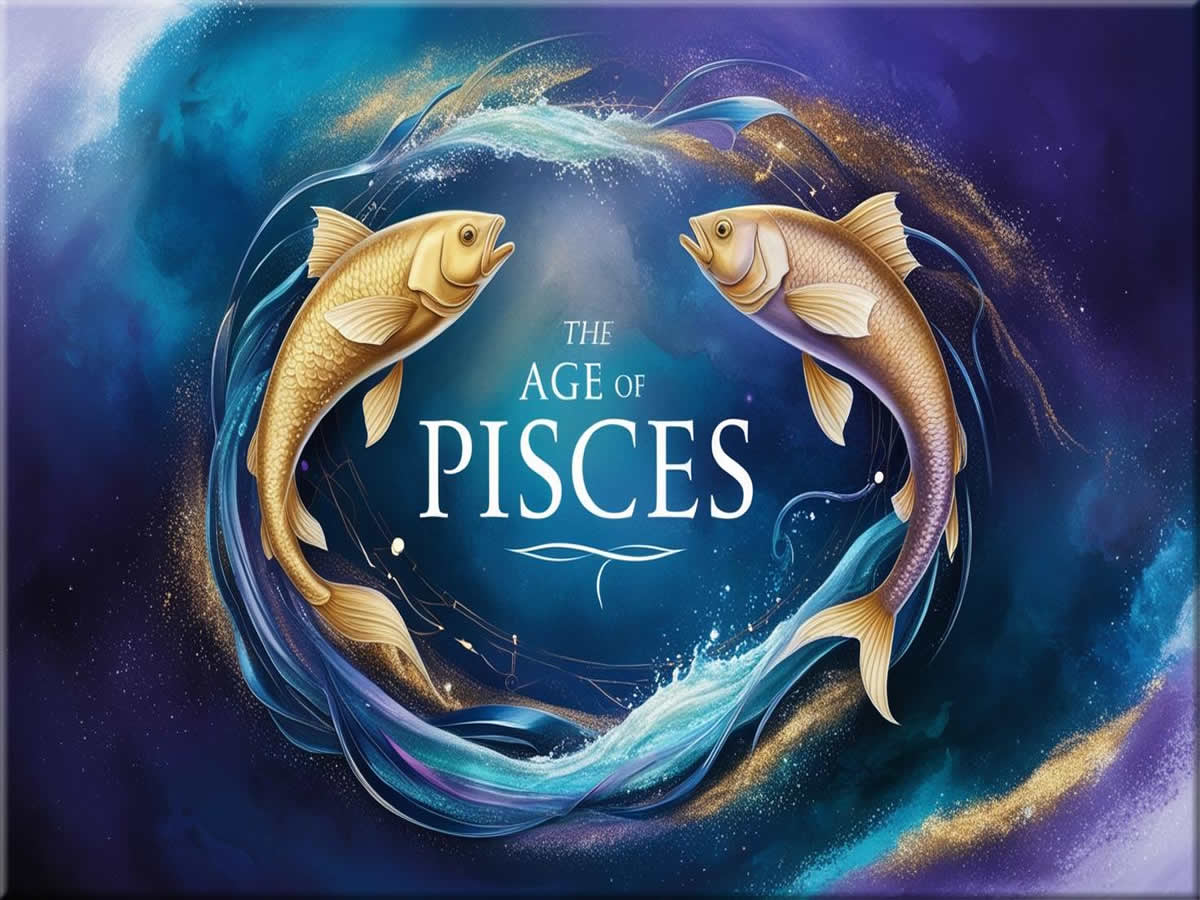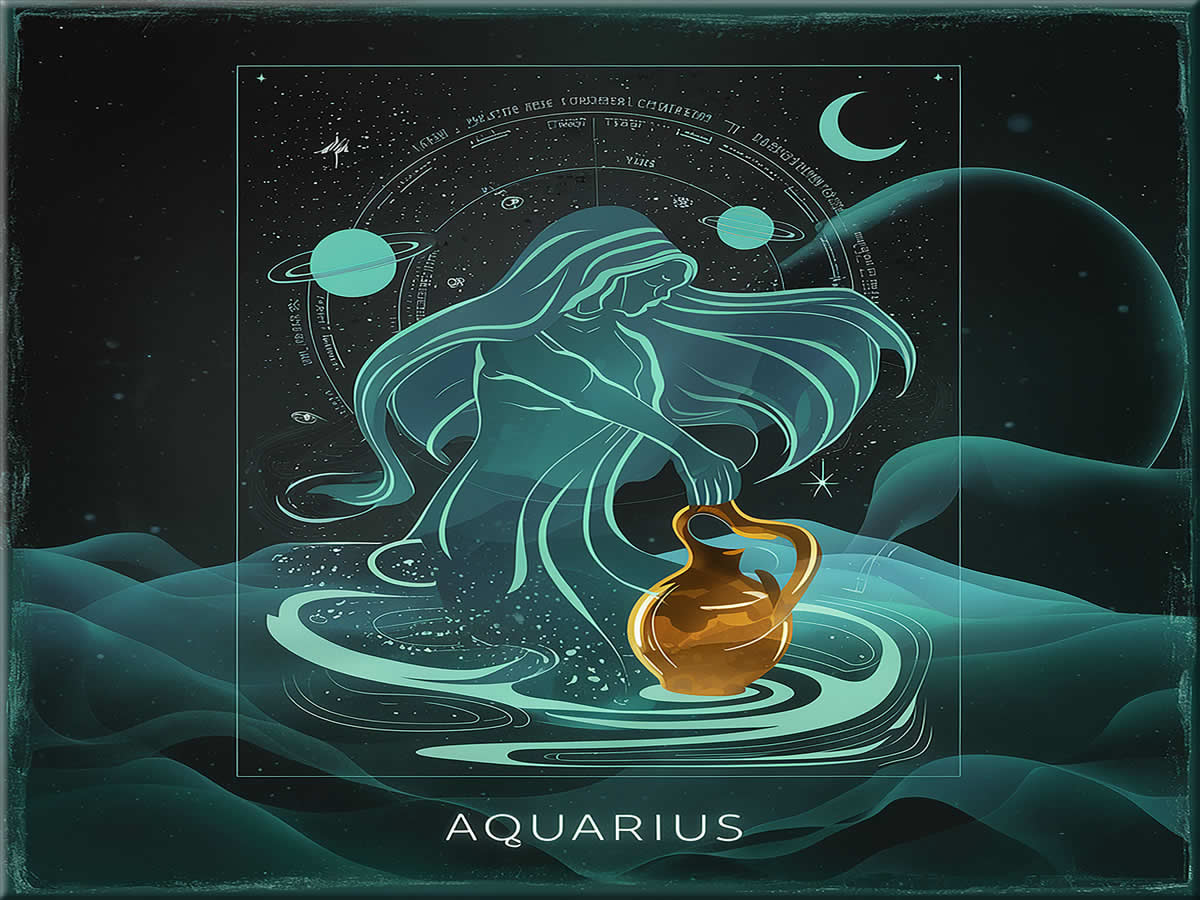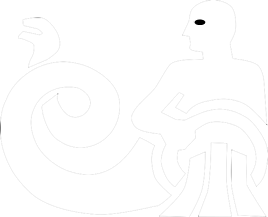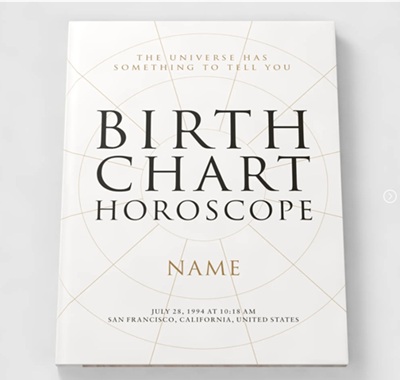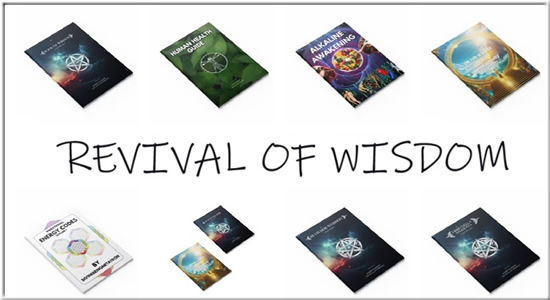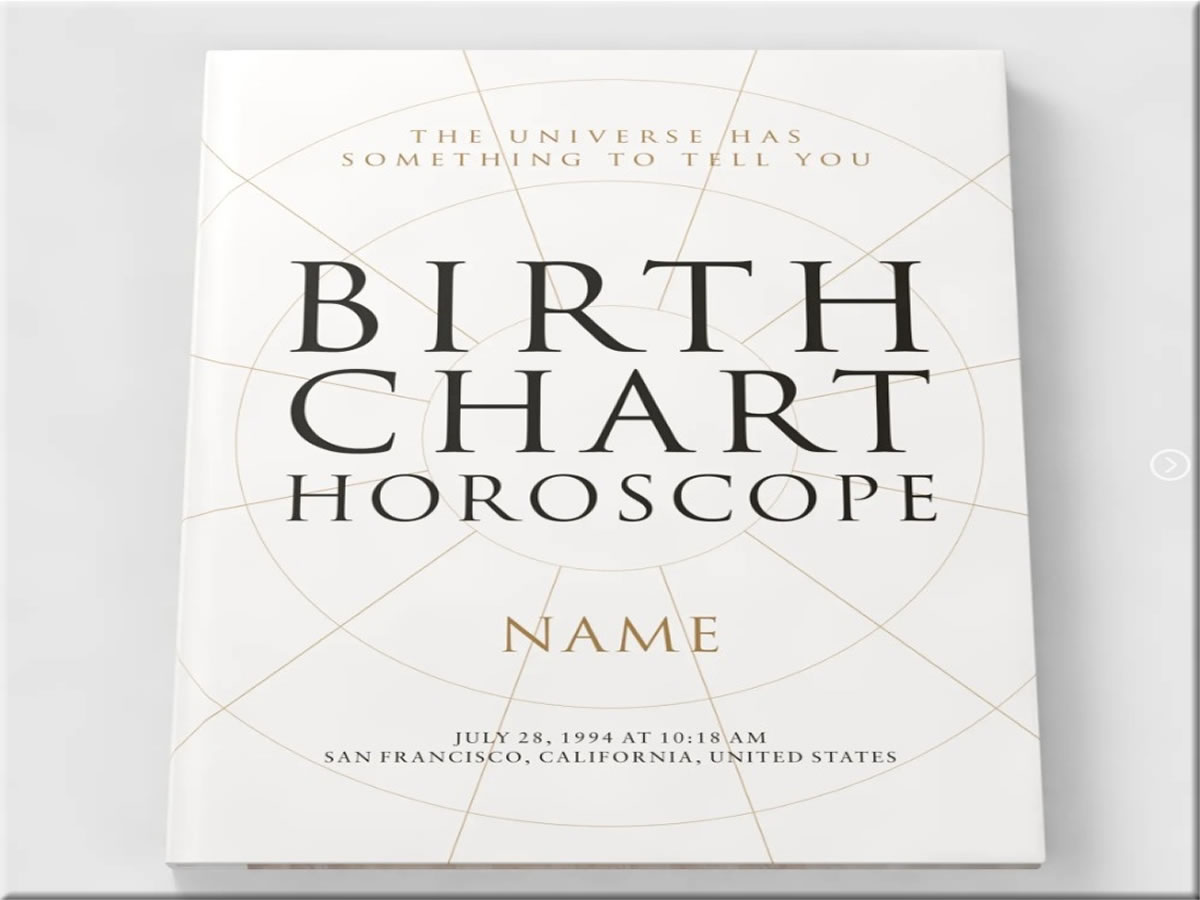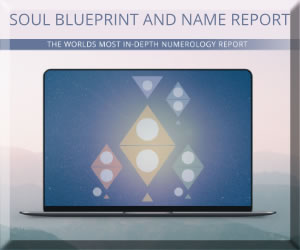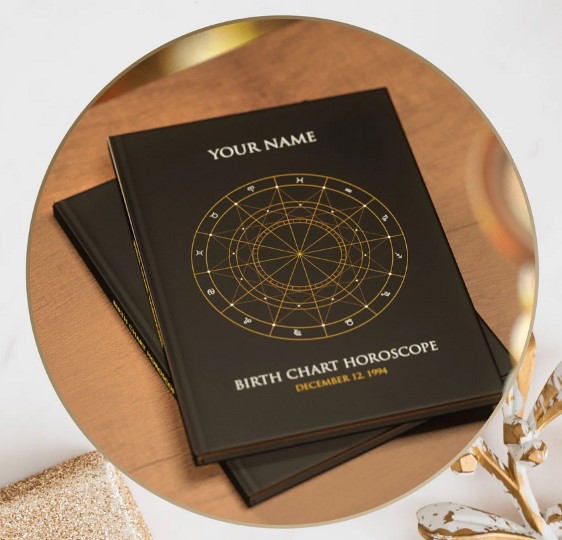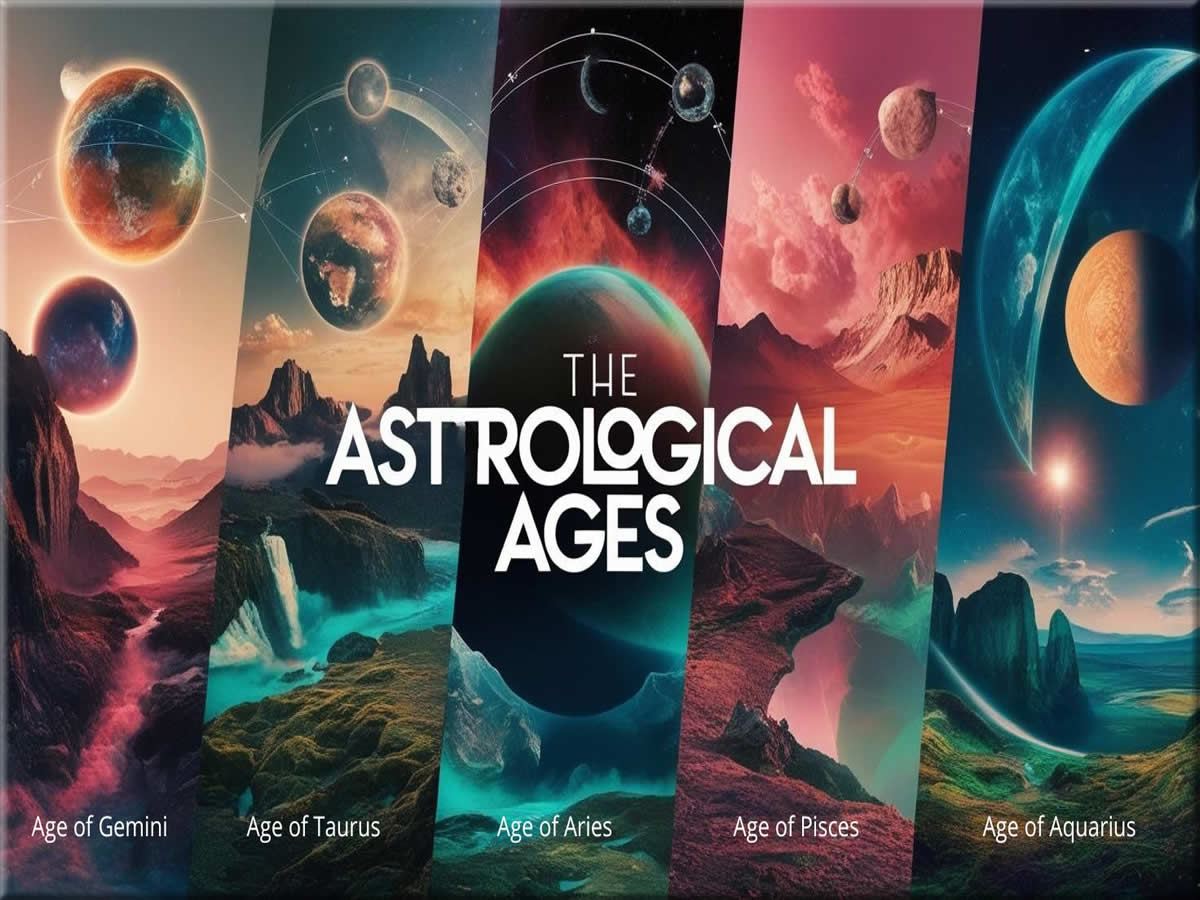
Unraveling The Mysteries Of Astrological Ages
Astrological ages might sound a bit mystical, but breaking down the concept makes it much less daunting. Essentially, these ages are big chunks of time—each aligned with one of the twelve zodiac signs. Imagine a long, rotating clock that marks each tick with a new era in human progress.
Tracing the origin of astrological ages takes us way back into history. It’s fascinating how these periods seem to align with different phases of human civilization, providing a backdrop for significant societal changes. The connection to zodiac signs isn’t just for those horoscope enthusiasts. Each age carries traits linked to its sign, influencing cultures and social norms on a broader scale.
Check out more videos on our YouTube channel
So, what’s the deal with the Great Year? It’s the grandmaster clock of time-keeping in astrology, taking 25,772 years to complete an entire cycle. Breaking down these cycles helps us see the ebb and flow of human progress in a unique astrological light.
Knowing about astrological ages isn’t just for astrologers. It’s like adding a new dimension to understanding history and human behavior, providing a lens that mixes timing with cultural context. This broader view prompts us to think about our past and imagine what might come next.
The Influence of Astrological Ages on Human Civilization
Looking back through the ages, astrology claims to have left its mark on human civilization, often coinciding with profound societal changes. The Age of Pisces, for instance, is usually linked with a period of spiritual growth and the rise of major religions. Meanwhile, people say we’re stepping into the Age of Aquarius, signaling a shift toward innovation, technology, and collective consciousness.
History has intriguing intersections with these astrological ages. Shifts in art, culture, and political tides often align with these periods, even influencing societal norms and values in ways we might overlook. During the Age of Aries, for example, there was a strong emphasis on conquest and grandeur, reflected in the construction of monumental structures such as the ancient Egyptian pyramids.
Discover the New and Improved Personal Numerology and Astrology Reports. These outstanding Reports deeply explore your unique, energetic blueprint.
Art and music across different ages have echoed the zeitgeist—reflecting human longing, emotion, and the essence of each age through creative expressions. Think about how the Renaissance blossomed with creativity and new perspectives at the cusp of what some link to the Age of Pisces.
Understanding these shifts isn’t just for historians or astrologers. It provides us with tools to interpret how previous societal trends could forecast future changes. Perhaps learning from these patterns can guide us in tackling modern challenges by recognizing similar echoes from our past.
Interpreting astrological ages might seem speculative, but it invites us to view human progress creatively and thoughtfully. Whether you’re a firm believer or a curious skeptic, reflecting on these concepts can offer insightful parallels and lessons about where we are and where we might be headed.
The Structure of the Great Year and Its Cyclical Nature
The Great Year is a fascinating concept in astrology, marking a cosmic cycle spanning 25,772 solar years. This massive timespan is divided into twelve astrological ages, each associated with a zodiac sign. Understanding this cycle helps us see patterns and connections between historical and cultural eras.
Each age in the Great Year lasts 2,160 years, rolling into the next like seasonal shifts. Transitions between these ages often coincide with notable shifts in human consciousness and societal structures, though these changes may not be immediately evident. It’s a slow, unfolding story rather than a dramatic turning point.
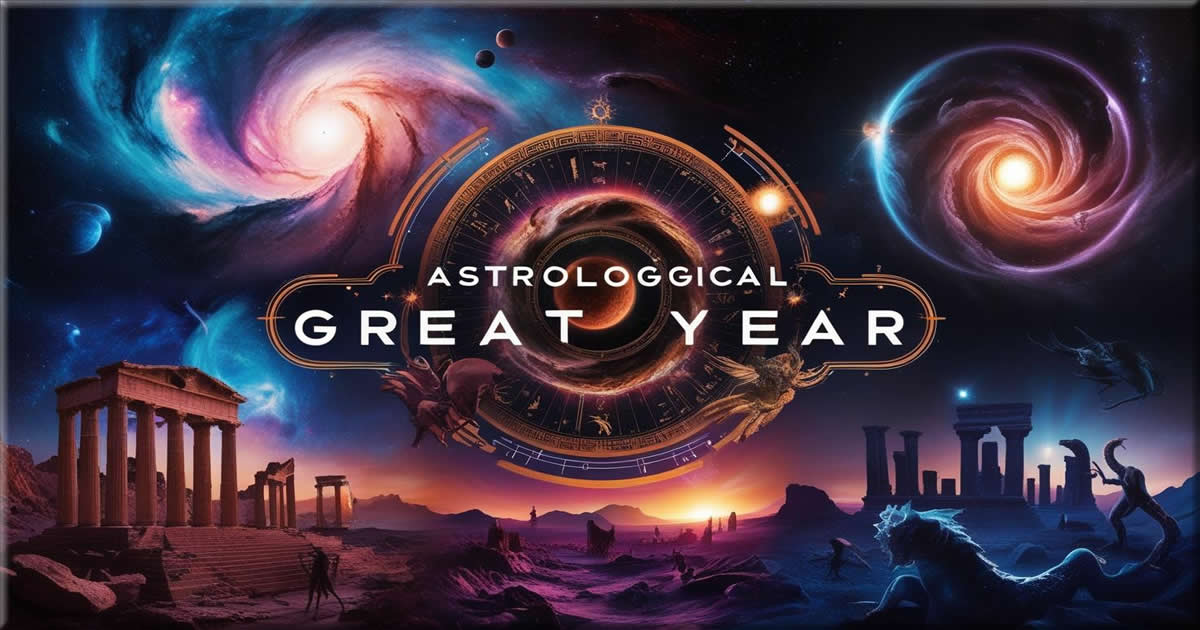
The journey from one age to the next isn’t just about flipping a calendar page. These transitions can influence shifts in cultural and humanitarian priorities. For instance, the move from the Age of Pisces to the Age of Aquarius is believed to mark a change from more spiritual pursuits to groundbreaking technological and innovative advancements.
Each zodiac sign within the Great Year carries unique traits, coloring its age’s characteristics and predominant attitudes. For example, the Age of Aries, marked by conquest and leadership, contrasted heavily with the introspective and philosophical nature of the Age of Pisces, fostering different types of societal growth. Furthermore, during the Age of Aries, powerful empires such as the Assyrians, Persians, Greeks, and Romans rose to prominence, shaping the course of history.
Understanding the cyclical nature of the Great Year allows us to speculate on where we’ve been and where we might be heading. While humans don’t always learn directly from history, seeing our past echoed in these cosmic cycles can provide a compelling framework for interpreting future possibilities.
Expert Perspectives on the Relevance of Astrological Ages
Astrology often stands at the crossroads between popular belief and scientific critique, sparking debates about its impact and relevance. While some see astrological ages as valuable insights into historical patterns, others view it purely as mythology. However, this concept still fascinates many, offering an alternative lens through which to examine human progress.
Experts from various fields, including historians, sociologists, and astrologers, weigh in on the influence of these ages. They explore how the archetypal themes associated with each age resonate with global trends and individual experiences. For some, these ages offer a metaphorical map of human evolution—tools for making sense of the world.
This book is a lovely story with you as the main character. It is a fully personalized and unique reading of your birth chart bundled in a beautiful hardcover deluxe book.
IT'S ALSO A FANTASTIC GIFT CHOICE!
There’s an interesting overlap between astrological interpretations and psychological themes as well. People are often drawn to astrology for guidance and reflection, using it to explore personal identity and purpose. Considering astrological ages from a psychological perspective can add another layer to understanding how collective consciousness evolves.
Critics often dismiss astrology for lacking empirical evidence, yet it’s hard to deny its ongoing cultural impact. Astrological ages might not align with traditional scientific methods, but their narratives invite introspection and imagination. They encourage us to question how we perceive history and its patterns.
While skepticism is healthy, dismissing astrology entirely overlooks how many find value in its stories and cycles. Embracing various perspectives on astrological ages helps broaden our thinking about time, culture, and human development, opening up possibilities for more decadent historical interpretations.
Astrological Ages: Reflecting on the Past, Interpreting the Future
Astrological ages stretch beyond mere forecasts, offering a reflective view of our past and potential insights into the future. These ages are like chapters in a grand history book, each providing lessons and narratives that shape our understanding of human development.
Looking back, we can see how certain traits of each age have steered societal paths. The wisdom of observing these patterns is in recognizing the potential for repetition or evolution. Lessons from previous ages, such as the shift from the Age of Aries, known for its assertive energy, to the more gentle, community-focused Age of Pisces, highlight how human ideals and struggles often cycle with time.
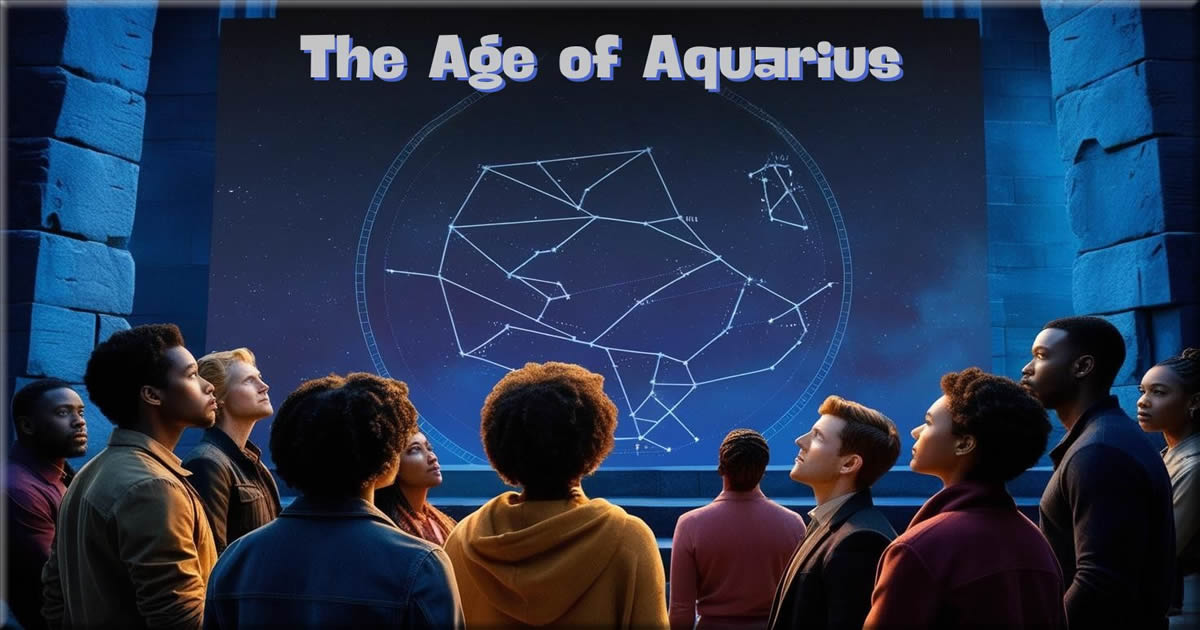
Predictions about the Age of Aquarius spur both hope and concern. In contrast, it promises technological advancements and greater global unity, but digital ethics and privacy challenges loom. This duality prompts us to consider how we might navigate these waters—striving toward the positive possibilities while being mindful of potential pitfalls.
Preparing for future transitions involves looking inward and outward. On a personal level, understanding how these ages affect individual and collective experiences can encourage more mindful decisions. Societally, it’s about fostering environments that embrace change and innovation while nurturing the communal and spiritual growth aspects that have been core in previous ages.
Astrological ages remind us of the intricate tapestry of human history—how far we’ve journeyed and where we might steer next. Whether used as a metaphorical guide or as a framework for pondering our place in the cosmos, they offer a unique way to link past intelligence with future aspirations. This perspective invites us to imagine what might come, blending historical awareness with visionary thinking.
Related Topics
